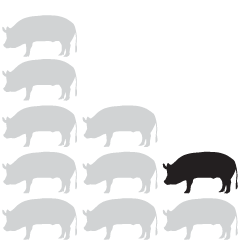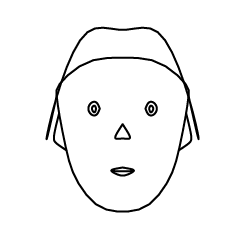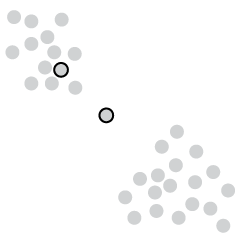In a very non-government-like release (in a good way), the U.S. Department of Education provides detailed data for college debt, graduation rates, test scores, and more. It’s at the program-level, and there’s even a front-facing College Scorecard that lets you look up information for your university.
And it doesn’t look and work like an outdated government site. With all of my frustrations with government sites, the education release feels pretty great. It’s as if the department actually wants us to look at the data. Imagine that.
You can download the data as a single ZIP file, access it via the data.gov API, and most importantly, there’s documentation.
Seriously, this is good stuff, and if it’s any indicator for where government data is headed, there could be good things to come.


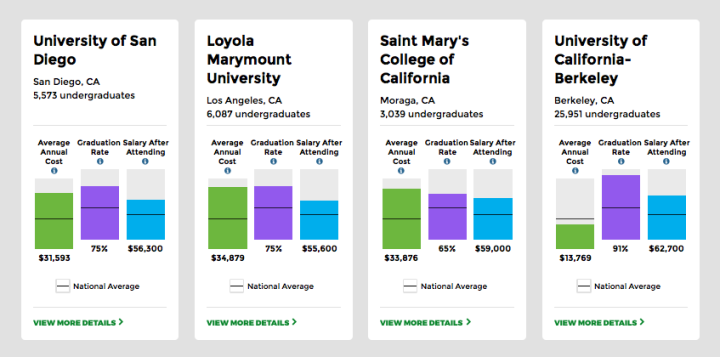
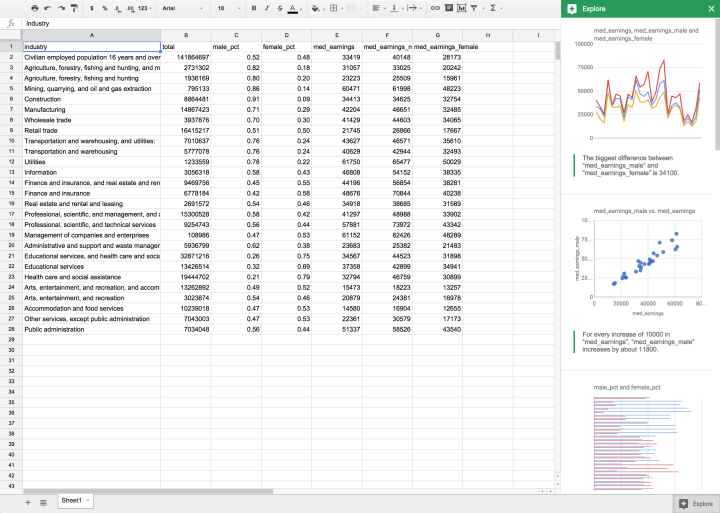

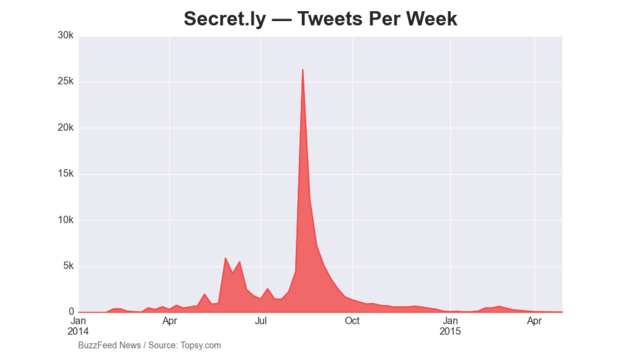
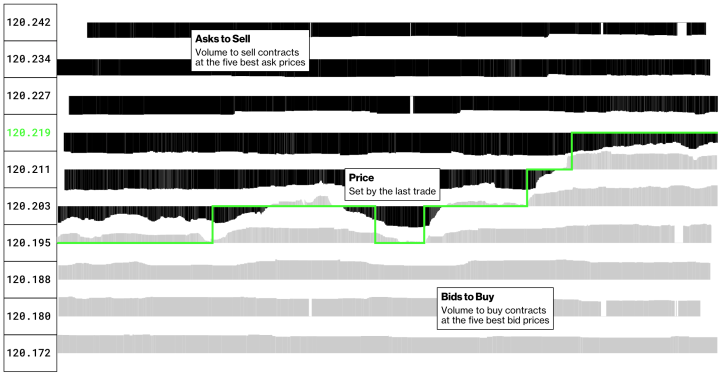

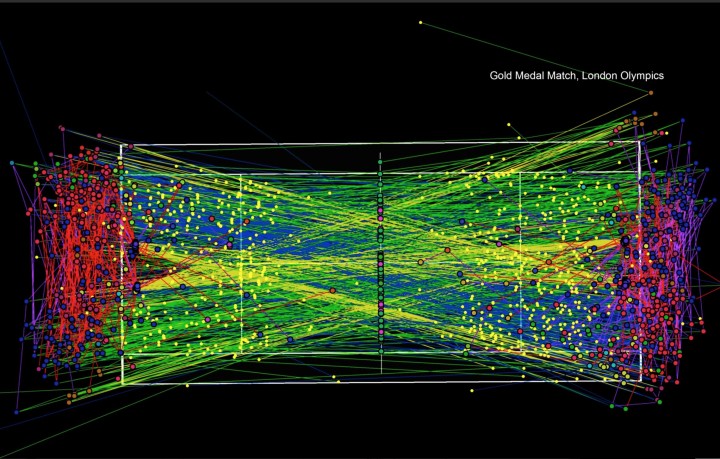
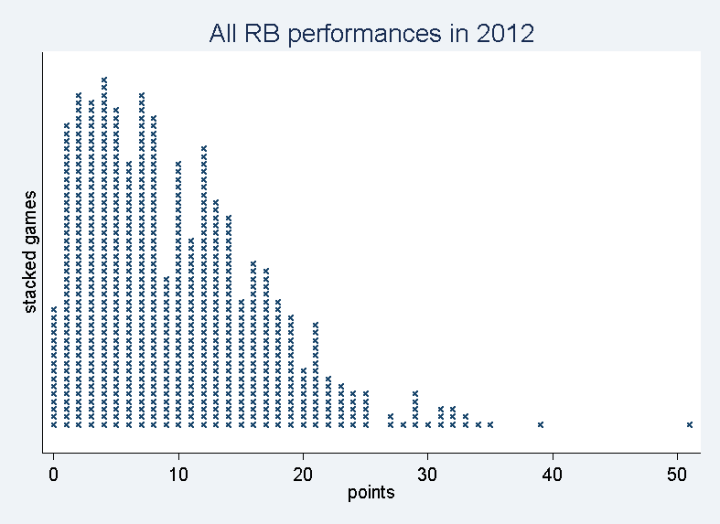




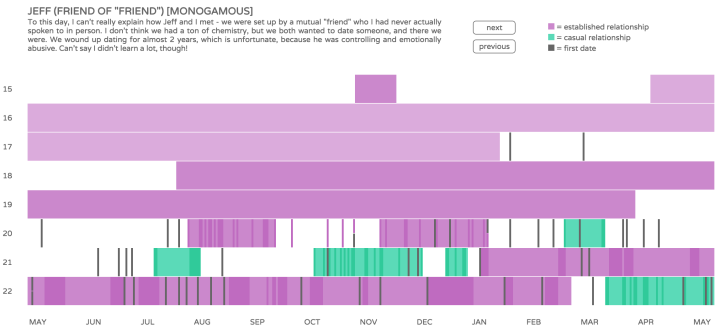

 Visualize This: The FlowingData Guide to Design, Visualization, and Statistics (2nd Edition)
Visualize This: The FlowingData Guide to Design, Visualization, and Statistics (2nd Edition)


